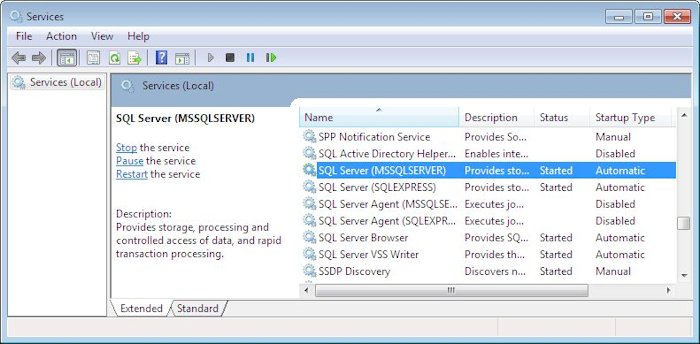In reading about Continuous Integration/Continuous Deployment (CI/CD) I often find ways to manage the code, to get people around the code, to keep errors out of the code, and so on. It’s all about the code. Developers have, in fact, developed myriad ways to keep code size small, updated, deployed, tested, and so on to ensure that users have what they want, when the they want it (if not before). Sometimes my head spins on its axis after reading such documents because it becomes a high speed dizzying affair. It’s somehow assumed that everyone can just keep up. Except, there are new people and older people and people with lesser attention spans who can’t keep up, which is why comments and documentation are so important.
As part of the coding process, developers also need to update both comments and documentation or someone will come along and make modifications based on outdated information. Even though making such updates seems like a waste of time since everyone should be able to keep up, the truth is that these updates ultimately save time. However, the updates, when they occur (which apparently isn’t often) are often made in a haphazard manner reminiscent of an old Keystone Cops movie.
Adding a process, a workflow, to the CI/CD mill is important to ensure that everything remains in sync: code, comments, and documentation. A best practice way to accomplish this task is to add steps to every update process so that nothing is left behind. Here’s how you could approach the problem:
- Perform the required code updates.
- During testing, ensure that the comments within the code actually match what the code is doing. Testing and other review processes should not only look at the code, but the comments too.
- Update the documentation as final testing occurs. Make sure to include these elements:
- Text
- Drawings
- Mockups
- Visual Aids
- Videos
- Any other documentation elements
- Specify that any old comments/documentation are outdated using one of these approaches:
- Mark it as deprecated
- Remove it from the work area and put it in an archive
- Delete it completely
- Deploy the application update. If you don’t deploy the update after these steps are done, they won’t get done. Everyone will wander off somewhere and forget all about any sort of comment or documentation update.
Obviously, the approach you end up using has to meet the requirements of your organization. It also has to be simple enough that people will actually, albeit begrudgingly, perform the work. What methods do you use to keep everything in sync at your organization? Let me know at [email protected].

